Imagine stepping into a neighborhood that artfully combines historical charm with modern accessibility. That’s the vision for Audubon Circle in Boston, a place that’s on its way to becoming even more welcoming for residents and visitors alike.
This project is a part of the city’s ambitious Go Boston 2030 plan, aiming to enhance safety and accessibility for everyone – pedestrians, bicyclists, and drivers.
The Boston Transportation Department has worked closely with residents to create a design that not only meets current transportation needs but also pays tribute to the rich history of Audubon Circle.
With the community process and design work wrapped up, the neighborhood is buzzing with anticipation for the active construction phase.
So, let’s delve into the history of Audubon Circle and explore how it’s evolving to meet the demands of the future.
Geographical Location of Audubon Circle Boston
Situated on the north side of Beacon Street, the area guides you between Arundel Street and Park Drive. These boundaries are your keys to local understanding, as they encapsulate a landscape rich in historic narratives and architectural intrigues.
Delving into this, you’ll encounter an intriguing collection of constructs, like the No. 860 building. It’s your tangible connection to an era marked by rapid urban redevelopments around the mid-20th century.
Despite being seemingly out of place with its double-wide mid-century trailers stacked atop an Edwardian structure, this building serves as an emblem of neighborhood preservation.
However, the neighborhood’s charm doesn’t stop at Beacon Street. Striding deeper into the depths of Audubon Circle, you’ll encounter an area that faithfully preserves its history with its visual grace, scale, textures, and functional materials.
Each stepping-stone within this district holds a curated exhibit of charming aesthetics, harmoniously blending into the city’s modernity.
Don’t let these historic elements mislead into thinking the neighborhood is stuck in a time capsule. Instead, note how these preserved landmarks co-exist with the modernization of Boston. The historic stone dam, built back in 1814, serves as a classic illustration.
Even after two centuries, the Mill Dam holds strong, its stone walls running along the line of Beacon Street. This dam showcases Boston’s tenacity in harnessing nature, changing the course of Charles River, and confining the waters of the Back Bay.
Historical Overview of Audubon Circle
Audubon Circle holds a rich tapestry of Boston history. This section traces its past, noting key features, changes, and influences that resulted in the neighborhood you see today.
Notable Events and Changes
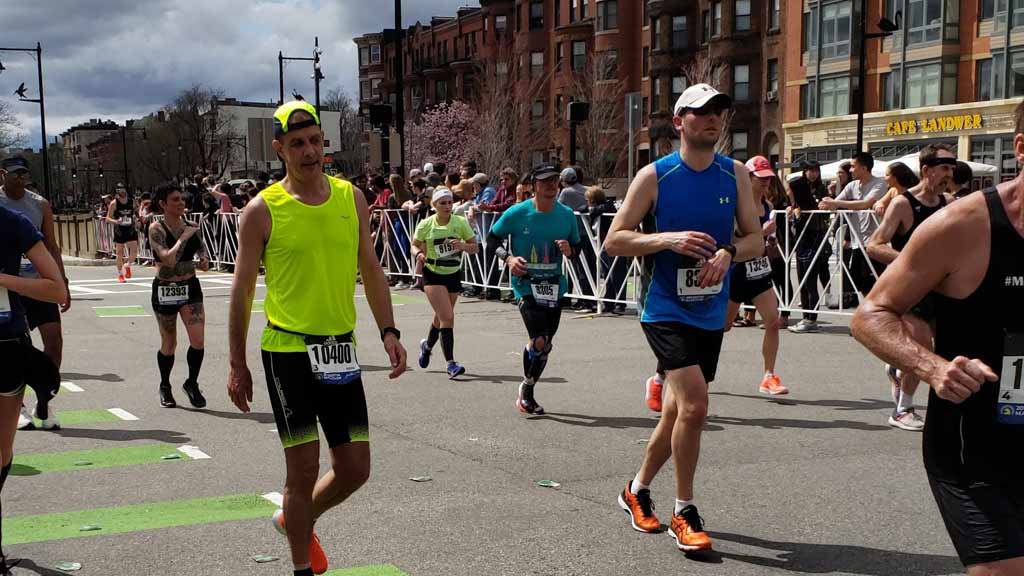
One major marker in Audubon Circle’s history initiated in 2017. Back then, Boston’s Mayor, Martin J. Walsh, announced the renovation of Audubon Circle.
The aim was to transform the area into a pedestrian-friendly space. A crucial part of these enhancements focused on revising the structure of the Circle’s intersection, with a primary goal of enhanced safety.
Furthermore, the development encompassed the wishes of the local diverse community, including the student population, both local and foreign.
As a result, the project strived to restore Audubon Circle’s original inclusive spirit, promoting unity within the Fenway neighborhood and the Emerald Necklace, making them integral parts of the town.
Aside from its social facets, physical transformations have also left their mark on the Circle. Notably, the planned developments mentioned in 2007, which include a 24-story mixed-use development at Boylston Street and Brookline Avenue.
Additionally, the renovation of the Howard Johnson motel on Boylston Street brought a touch of upscale luxury to the neighborhood.
Street Names and Their History
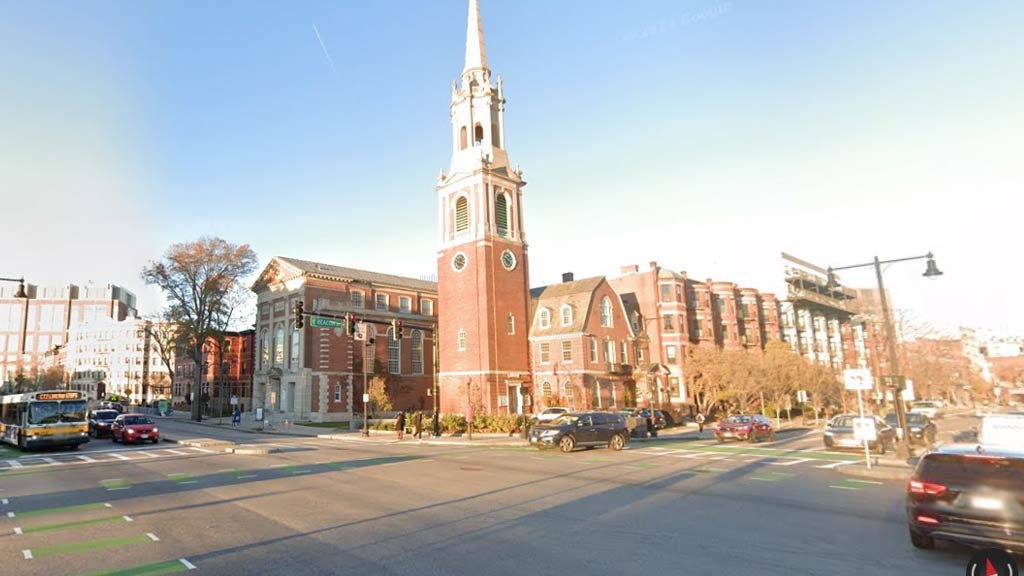
The streets in this area carry historical significance. Beacon Street, with its present-day form influenced by the Mill Dam, constructed in 1814, creates a physical timeline of the city’s progress. A 50-foot-wide stone dam, the Mill Dam extended for a mile, tracing the line of the modern Beacon Street.
Then there’s Ruggles Street, home to the Ruggles Street Baptist Church, which took its name from the address and a Revolutionary War hero. Founded in 1870 from two mission Sunday Schools in Roxbury, it was incorporated into the American Baptist Church in 1878.
Demographic Insights
As you delve deeper into Audubon Circle’s rich tapestry, it’s intriguing to observe the diversity it boasts, from racial demographics to insights into people’s ancestry.
Racial Demographics
Boston’s Audubon Circle paints a picture of a diverse and vibrant neighborhood. Reflecting the city’s multicultural ethos, it hosts a myriad of racial demographics.
Each racial group presents their unique traditions and practices, contributing to a vibrant and dynamic socio-cultural landscape. Moreover, Audubon Circle’s historic architecture and landmarks stand as testaments to Boston’s rich past.
From the iconic Audubon Circle Park to its Victorian-style homes, each element tells a story of resilience and evolution that continues to shape this thriving community.
Ancestry Insights
The ancestral trail in Audubon Circle lends an even deeper perspective into the heterogeneous character of this neighborhood.
The eclectic mix of ancestries signifies the integration of various cultural elements, defining and enriching the neighborhood’s identity.
The Ancestry Insights provide a window into the past, tracing the roots of residents dating back generations, prodigiously adding layers of depth to Audubon Circle’s rich history.
From the early European settlers to waves of immigration from diverse ethnic groups, each has left their mark. Walking through this neighborhood, one can sense the influence of African, Asian, and Latin American cultures blending seamlessly with traditional Bostonian ethos.
This cultural melting pot has molded Audubon Circle into a unique community that continues to thrive on its rich historical legacy.
Noteworthy Establishments in Audubon Circle
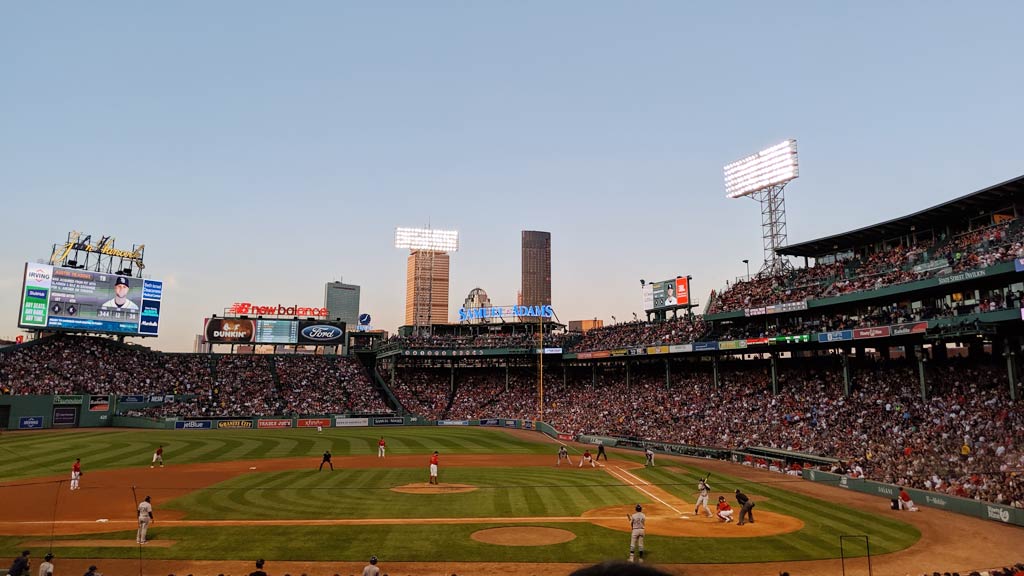
Audubon Circle possesses numerous remarkable establishments, the most recognizable of which include Fenway Park, Boston Citgo sign, and Kenmore Square among others.
Distinguishable from afar, Fenway Park is no short of a local attraction. Not only a baseball park for the Boston Red Sox, but also an icon symbolizing the neighborhood’s spirit and love for sports.
Next, a familiar sight in the vicinity is the famous Boston Citgo sign. Its bright, luminous display marks your entry into Audubon Circle, illuminating the neighborhood with a touch of historical significance.
Then there’s Kenmore Square, a cultural hub located just a stone’s throw away. It continues to be a crowd-puller, attracting locals and tourists alike.
Other significant establishments enhance the academic and cultural identity of Audubon Circle. These include revered institutions like Northeastern University, Massachusetts College of Pharmacy and Health Sciences, The Forsyth Institute, and The Art Institute of Boston, amongst others.
By offering diverse educational opportunities, the neighborhood has attracted a community that’s intellectually curious and culturally aware. Each institution plays a role in shaping the social fabric of Audubon Circle, contributing to its flourishing environment.
With such diverse offerings, Audubon Circle isn’t just a neighborhood; it’s a melting pot of culture, history, and academic excellence.
Transportation Developments
Navigating through city streets isn’t as simple as moving from point A to point B; it’s about interacting with history, experiencing a neighborhood’s vibe, and contributing to its legacy.
Let’s get deeper into the transportation evolution and current dynamics in Audubon Circle, Boston:
Historical Progression and Present State
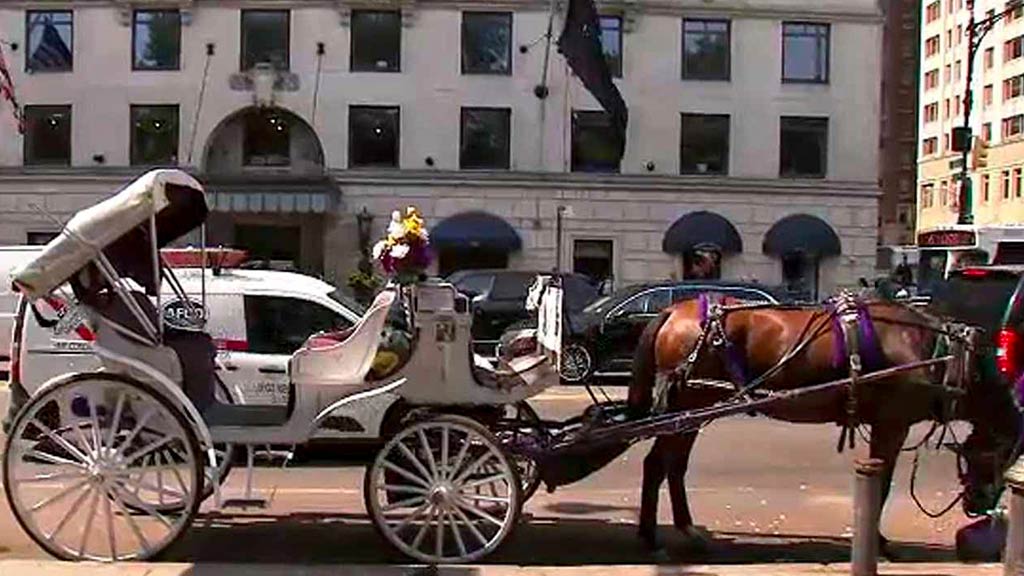
Audubon Circle’s history is intertwined with the evolution of its transport infrastructure. Once a hub for horse-drawn carriages and trolley cars, the neighborhood has experienced significant developments over the years.
The contemporary transportation network in Audubon Circle reflects the neighborhood’s duality – preserving historical value while embracing the future. Fenway Station, for instance, continues to be an essential connection point for commuters since its inception in 1914, reminding residents of Boston’s transportation heritage.
Today, it intertwines seamlessly with cutting-edge bike lanes and footpaths, ensuring easy connectivity.
The dynamic transportation developments in Audubon Circle align perfectly with the city-wide project Go Boston 2030, aiming to offer improved accessibility, safety, and reliability to its residents.
The Audubon Circle Movement
In the mid-1800s, Audubon Circle emerged as an integral part of the Fenway neighborhood. Its history weaves narratives of transformation, perseverance, and inclusivity.
The Circle’s recent movement to reclaim its historical charm, while promoting essential modern upgrades, illustrates the neighborhood’s progressive spirit.
The Influence of the Two Founding Women
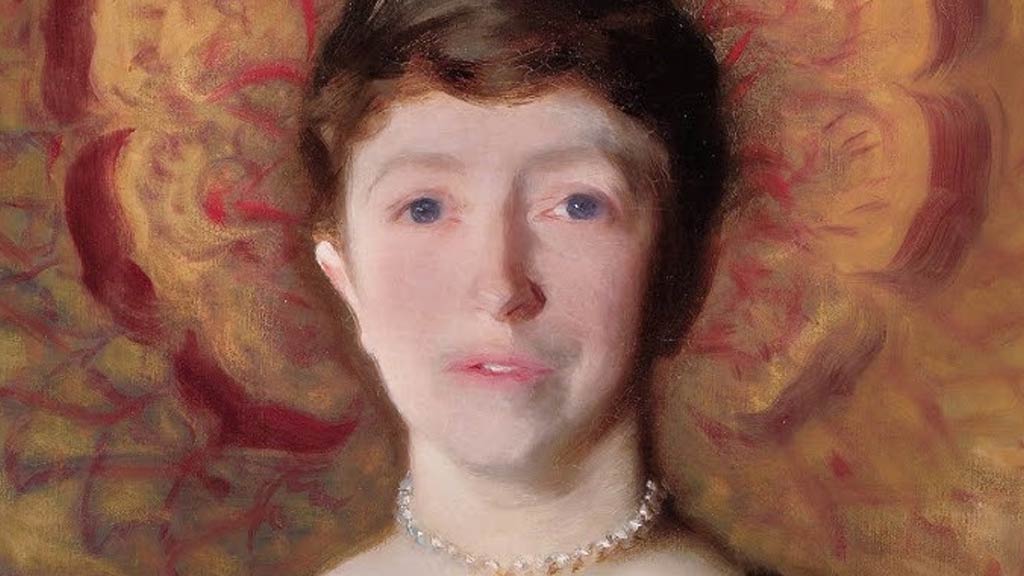
In Audubon Circle’s history, two women have stood out as primarily influential.
One of them was a notable public figure and philanthropist, Isabella Stewart Gardner, after whom the museum was named.
She has immensely contributed to the aesthetics of Audubon Circle. As you delve deeper into Audubon Circle’s history, you discover that her influence remains visible, with the Museum marking a significant cultural spot in the neighborhood.
On the other hand, Martha Borella was an unsung hero. An influential figure in city planning, Borella made significant contributions in transforming Fenway to what it is today.
She was instrumental in developing strategies that ensure Audubon Circle remains welcoming and inclusive, embracing everyone from students to residents.
Proximity to Areas of Interest
With parks, educational institutions, commercial areas, and cultural sites all present within or near this historical neighborhood, residents have ready access to facilities that cater to various interests and needs.
Parks and Recreation in the Vicinity
A stone’s throw away is the Back Bay Fens, a part of the Emerald Necklace of linked parks and waterways in Boston. This green gem, designed by the famous landscape architect Frederick Law Olmsted, provides a serene escape within the urban landscape.
The city’s beloved Fenway Park readily catches the eye. Beyond being America’s oldest Major League Baseball park, it’s indeed a significant piece of Boston’s identity, and inevitably fetes residents with thrilling game nights and electric atmospheres.
Similarly, the Isabella Stewart Gardner Museum gives its visitors an intimate look at Isabella’s collection, housed in a stunning Venetian-style palace, complete with a lush courtyard.
Next, the commercial Kenmore Square area is home to numerous businesses, from retail shops to dining spots. It also houses residential units owned by Boston University and serves as on-campus housing, indicating the neighborhood’s educational inclination.
The student population from surrounding colleges and universities brings in dynamic energy, infusing Audubon Circle with youthful vigor.
FAQs
What is the Go Boston 2030 plan’s impact on Audubon Circle?
The Go Boston 2030 plan led to a transformation in Audubon Circle, creating a blend of historical charm and modern accessibility.
Who influenced the shaping of Audubon Circle?
Two individuals who notably shaped Audubon Circle are Isabella Stewart Gardner and Martha Borella.
What are the major attractions close to Audubon Circle?
Audubon Circle is in proximity to several significant Boston hotspots.
These include parks, educational institutions, commercial areas, and cultural sites such as the Back Bay Fens, Fenway Park, the Museum of Fine Arts, and the Isabella Stewart Gardner Museum.
Are there any planned developments in the Audubon Circle area?
Yes, the article mentions various planned developments aimed at adding to the allure of Audubon Circle.
How does Audubon Circle reflect Boston’s multicultural landscape?
The demographic insights of Audubon Circle reveal a diverse cultural landscape.
The neighborhood is enriched by various backgrounds, reflecting the multicultural essence of Boston at large.
Conclusion
You’ve journeyed through the captivating history of Audubon Circle, a Boston neighborhood that’s a unique blend of past and present.
You’ve seen how the Go Boston 2030 plan has shaped it into a modern, pedestrian-friendly space, while preserving its historical charm.
You’ve appreciated the influence of key figures like Isabella Stewart Gardner and Martha Borella and the rich cultural diversity that the neighborhood celebrates.
You’ve discovered its strategic location, nestled among Boston’s major attractions, from the Back Bay Fens to Fenway Park. The continuous evolution of Audubon Circle, with planned developments on the horizon, only adds to its allure.
This neighborhood truly embodies Boston’s spirit – a testament to its past, a reflection of its present, and a beacon for its future.
Jaclyn Lowe